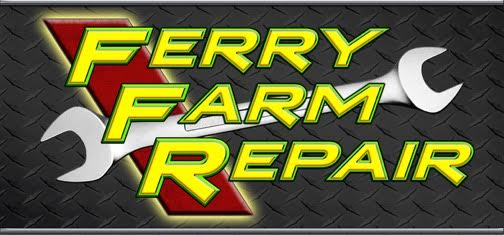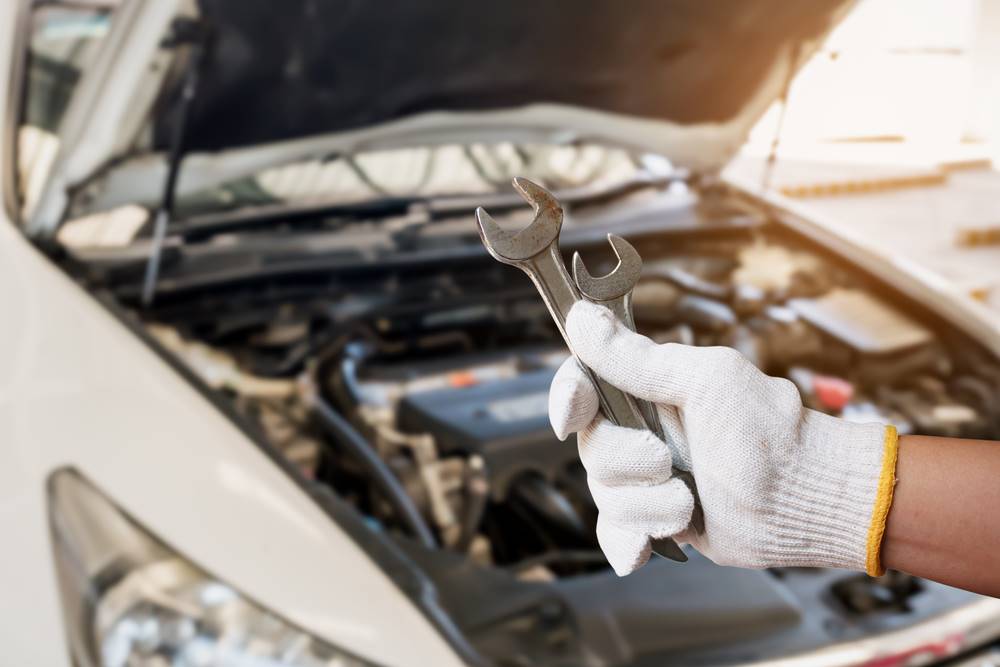Often, a vehicle owner won’t even think about their transmission until something goes wrong. A transmission flush is a procedure that’s important to the maintenance of your vehicle. Generally, it’s done along with the standard 30,000-mile maintenance procedures.
As your transmission operates, the automatic transmission fluid gets very hot and may begin to burn. You know this may be an issue if your transmission fluid changes from a red color to a brown or black color on the dip stick. As the fluid burns, it loses its ability to lubricate, and when the transmission fluid finally wears out, you will have to either drain it or flush it.
How is a Transmission Flush Done?
A transmission flush is performed on automatic transmissions. First, all of the fluid in the transmission is drained out, and new fluid, and sometimes a cleaning solution, is pumped through with a special machine. This process pushes out all of the sludge and grime that’s collected in the transmission. The clean transmission is then filled with new transmission fluid. A flush makes sure that all of the automatic transmission fluid is 100% new and that every bit of the sludge and grime is removed with the old fluid.
When Not to Get a Transmission Flush
There are two reasons not to flush your transmission:
- Your transmission is fine, and you don’t need one.
- It’s too late for a flush to do any good.
If your automatic transmission fluid has metal flakes in it, you shouldn’t get a flush; it’s likely you need a full transmission rebuild. Unfortunately, metal flakes in the fluid mean the metal parts in your transmission need to be replaced. If you do a flush at this stage, the transmission could fail completely.
If your vehicle is due for a transmission flush, take it to Ferry Farm Repair as soon as possible!

